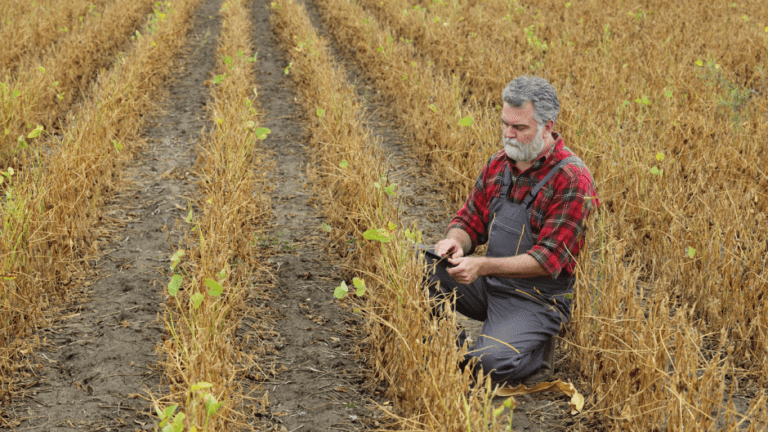
July 18, 2023
Contact: Courtney Perrett, 573-882-6217, cperrett@missouri.edu
This summer, global temperatures soared on July 4, reflecting one of the hottest days on record on Earth. according to climatic data from the US National Centers for Environmental Prediction. Average global temperatures were about 63 degrees Fahrenheit — one of the hottest days in 125,000 years.
Anthony Lupo, professor of atmospheric sciences at the University of Missouri's College of Agriculture, Food and Natural Resources and interim state climatologist, specializes in forecasting climate trends. Below, Lupo explains the connection between extreme weather events affecting the Midwest and causing severe drought.
What are the drought patterns in Missouri over the past two years?
In the Midwest, drought is a condition that takes a long time to develop — usually a few months — and this year is no exception. In recent years, there have been several transitions between El Niño and La Nina, which are climate patterns in the Pacific Ocean that affect weather around the world. In 2020, we entered a La Nina pattern and have been that way ever since. In July 2022, the Midwest experienced extreme drought conditions, but due to the transition to El Nino in 2023, which brings more regular rainfall, experts thought the drought was over. Unfortunately, this did not happen. Although the statistics would favor good summers during El Niño, there is still a chance for a dry summer, albeit a small one. And that's what we're seeing this year.
Which atmospheric event marked the start of this year's summer drought?
The shift to dry conditions can be traced to an atmospheric event in early June 2022. Essentially, the jet stream made a sharp shift and its energy changed — this shift occurs about every eight to 10 days and averages about 30 times a time. When the jet stream is stable, the weather forecast is good. But during those periods when the jet stream shifts, it makes prediction difficult.
How are extreme drought conditions affecting agriculture in the Midwest?
Last year drought affected agricultural production. I think the returns were lower. Right now, crops are good because we have enough moisture for agricultural producers to limp along this summer. In other words, we have enough rain to keep the crops in good condition, but there is no real reservoir of water below the surface, and the subsoil is still quite dry from last year. Therefore, there is a risk that this year we will have a deficit in agricultural production if we have a prolonged drought in July or August.
How long can people wait until the end of summer?
Look for a rise in temperature. At this time, we were lucky that the temperatures were a little above normal, but still within the range of what the experts would describe as normal. That will change, however, if we start seeing a streak of 100-degree days with low humidity.
How does hot and dry weather affect people's health?
If the weather is hot and humid, nighttime temperatures generally stay warmer. And when that happens, it's dangerous for people and animals. On the other hand, dry conditions usually mean nights with decent temperatures. It is vital for the human body to get the relief and rest it needs — including respite from the heat — to prevent heat-related deaths.
The heat also affects infrastructure because when it gets so dry the soil will dry out and this will cause changes to the foundations of buildings and water systems. Ecologically, I've heard from foresters that during these dry spells, there will be increased mortality for trees, not just for this year, but for the next two years after – which can affect the health of the local environment.

